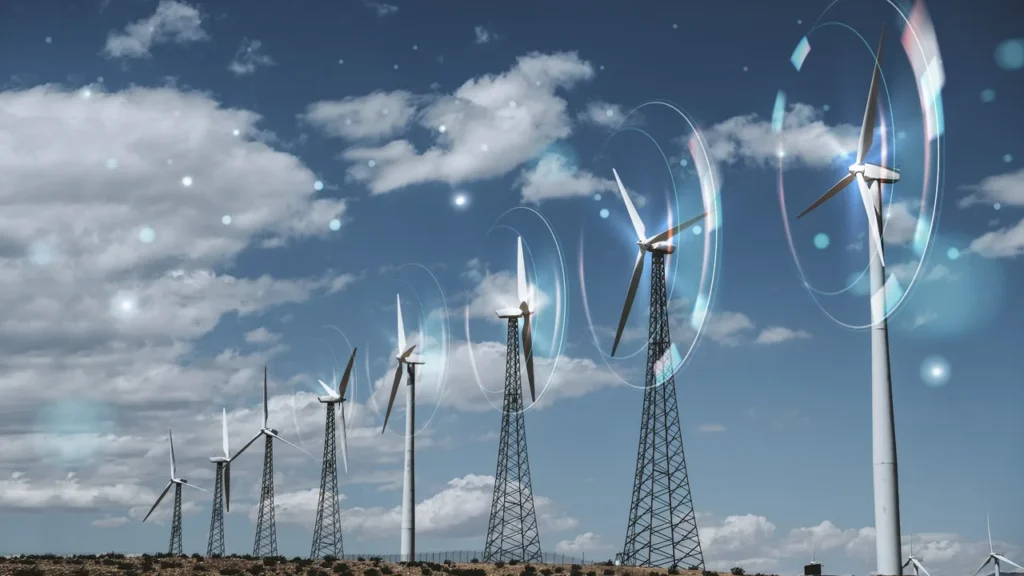As the global demand for energy continues to rise, the traditional power grid—once considered an engineering marvel—is increasingly showing its limitations. From unpredictable power outages to inefficiencies in distribution and transmission, the need for a more resilient, flexible, and intelligent system has never been greater. This is where smart grid technology steps in, transforming the way we generate, distribute, and consume electricity through advanced digital solutions, automation, and real-time data exchange.
What Is Smart Grid Technology?
Smart grid technology refers to the integration of digital communication systems, sensors, and intelligent controls into traditional electrical grids. Unlike conventional grids that operate in a one-way flow—from power plant to consumer—smart grids enable a two-way flow of electricity and information. This allows for dynamic monitoring, improved efficiency, and faster responses to changes in demand and supply.
At its core, smart grid systems use digital energy management tools and IoT grid devices to gather and analyze data in real-time. The integration of smart meters, communication networks, and advanced software solutions makes it possible to predict consumption patterns, balance loads, and even detect potential failures before they occur.
Core Components of Smart Grids
- Smart Meters: Devices that provide real-time data on electricity usage, enabling both utilities and consumers to make informed decisions.
- IoT Grid Sensors: Smart sensors that continuously monitor voltage, frequency, and grid performance across vast networks.
- Communication Systems: Secure data transmission channels that connect every element of the grid ecosystem.
- Control Centers: Centralized hubs that use digital energy management software to analyze information and adjust power flow as needed.
The Evolution of Power Grids
The concept of a national electricity grid dates back to the early 20th century when centralized power stations supplied electricity through vast networks of transmission lines. However, these traditional grids were designed for unidirectional energy flow and limited feedback, making them inefficient for modern energy needs.
Over the past two decades, rapid advances in computing, telecommunications, and automation have driven the evolution toward smart grid technology. Today’s grids can integrate renewable energy sources, predict power usage, and even allow users to feed excess energy back into the network. Countries like Germany, the United States, and China are leading this transformation, proving that the future of energy lies in digital integration.
Smart Meters and Digital Energy Management
One of the most visible innovations within modern grids is the smart meter. Unlike traditional meters that only measure cumulative energy consumption, smart meters collect data continuously and transmit it in real-time to utility providers and end users. This data becomes the backbone of digital energy management—enabling more efficient grid operations, demand forecasting, and energy-saving recommendations for consumers.
For example, through real-time analytics, utilities can detect anomalies such as voltage fluctuations or unauthorized connections. Consumers, on the other hand, can view their hourly or daily consumption patterns through mobile apps, helping them reduce waste and lower bills. This two-way communication creates a more transparent and efficient energy ecosystem.
IoT Integration and Predictive Capabilities
The emergence of the IoT grid has brought about revolutionary changes in how electricity systems operate. Every device—from transformers to household appliances—can now be connected to a unified network, constantly sending and receiving data. This digital web enables predictive maintenance, meaning that potential failures can be identified and resolved before they cause disruptions.
Moreover, artificial intelligence (AI) algorithms analyze vast amounts of sensor data to detect trends and predict energy demand across cities or regions. For instance, during peak usage hours, smart grids can automatically reroute electricity from less demanding areas or activate stored power from batteries, ensuring stability and reliability.
Cybersecurity Challenges
While the benefits of smart grids are immense, they also introduce new challenges—particularly in cybersecurity. As millions of IoT devices connect to the same network, the risk of data breaches or malicious interference grows. That’s why modern smart grid technology must be equipped with advanced encryption, multi-layered authentication, and AI-driven intrusion detection systems to maintain the integrity of energy infrastructure.
Renewable Energy Integration
Perhaps the most important advantage of smart grid technology is its ability to integrate renewable energy sources like solar, wind, and hydropower. Unlike fossil fuel plants that produce consistent output, renewables fluctuate based on weather conditions. Smart grids balance these inconsistencies using data analytics and storage technologies to maintain stable energy supply.
For example, when a solar plant generates excess energy during sunny hours, that surplus can be stored in batteries or redistributed to other regions. Later, during cloudy or high-demand periods, the system can release that stored power back into the network. This dynamic adaptability is made possible through digital energy management systems that coordinate every step in real-time.

Benefits of Smart Grid Technology
The implementation of smart grid technology offers a multitude of advantages that span efficiency, reliability, and sustainability. These include:
- Improved Efficiency: Real-time data reduces energy waste and optimizes generation and distribution.
- Enhanced Reliability: Automated systems detect and isolate faults instantly to prevent widespread outages.
- Environmental Sustainability: Integrates renewable sources seamlessly to cut carbon emissions.
- Consumer Empowerment: Enables users to manage their consumption through digital energy management tools.
- Economic Advantages: Reduces operational costs for utilities and supports green job creation.
According to Wikipedia, smart grids also play a crucial role in energy decentralization—allowing communities, companies, and even individuals to become both producers and consumers, or “prosumers,” of electricity.



